The Ioseb Grishashvili Tbilisi Historical Museum – Carvasla, often simply referred to as “Carvasla” (Georgian: იოსებ გრიშაშვილის თბილისის ისტორიის მუზეუმი – ქარვასლა, Ioseb Grishashvilis Tbilisis Istoriis Muzeumi – Karvasla), is a fascinating institution located in the heart of Old Tbilisi, Georgia. It’s housed within a beautifully restored caravanserai, a historic resting place for traveling merchants, which perfectly reflects Tbilisi’s long-standing role as a vital trading hub on the Silk Road. Since 2004, it has been unified under the Georgian National Museum network.
History of the Building and Museum’s Evolution:
Ancient Roots and Resilience: The site’s history stretches back to the 16th century when King Rostom built the original caravanserai. After its destruction during Agha-Muhammad-Khan’s invasion in 1795, the current structure rose from its foundations in the early 19th century. Subsequent reconstructions, notably by the Aphrikiants brothers in the early 20th century, gave the building its current impressive facade, blending historical elements with later architectural styles.
Transformation into a Museum: In 1984, following extensive rehabilitation, the caravanserai was repurposed to house the Tbilisi History Museum. It was later named after the distinguished Georgian poet Ioseb Grishashvili, known for his vivid portrayals of Tbilisi life.
Caravanserai Architecture: The building itself is a key exhibit, retaining the architectural features of a traditional caravanserai, with a large inner courtyard, arched entrances, and multiple levels that once served as shops, warehouses, and lodgings for merchants. Its strategic location, historically connected to the Mtkvari River for trade, underlines Tbilisi’s commercial past.
Rich and Diverse Collections:
The museum houses an extensive collection of approximately 50,000 items that vividly narrate the history, daily life, and culture of Tbilisi from its earliest foundations to the present day. Its collections span various categories:
Archaeology: Artifacts dating back to the Bronze Age, unearthed from excavations within and around the city, illustrating Tbilisi’s ancient origins.
Ethnography: A rich array of objects showcasing the traditional daily life and customs of Tbilisi’s inhabitants. This includes traditional clothing, household items, ceramics, and fascinating models that recreate old Tbilisi houses and workshops.
Documents and Photography: Extensive archives of historical documents, maps, and a significant collection of photographs from the 19th and 20th centuries, offering visual insights into the city’s urban development, social life, and changing landscapes.
Folk and Applied Arts: Diverse examples of Georgian folk art, including unique ceramics, textiles (such as carpets and rugs), metalwork, and intricate jewelry that reflect centuries of craftsmanship.
Numismatics: A collection of coins from various periods, providing economic and political context to Tbilisi’s history.
Fine Art: The museum also exhibits paintings by esteemed Georgian artists, including works by Lado Gudiashvili, Mose Toidze, and Elene Akhvlediani, among others, depicting scenes of Tbilisi life and its citizens.
Tbilisi Wine Museum (in the Basement): A particularly enchanting feature is the ancient basement, dating back to King Rostom’s time. This atmospheric space houses the Tbilisi Wine Museum, offering a journey through Georgia’s 8,000-year history as the “cradle of wine,” with historical wine-making artifacts and an opportunity for wine sampling.
Visitor Experience and Practical Information:
Central Old Town Location: The museum is ideally situated at 8 Sioni Street, Tbilisi, in the heart of the historic district. It’s easily accessible on foot from major landmarks like Sioni Cathedral, the Bridge of Peace, and Rike Park.
Immersive Journey: The museum’s multi-level layout, combined with its diverse collections, offers an immersive journey through Tbilisi’s past, highlighting its role as a vibrant crossroads of cultures and trade.
Opening Hours: The museum is generally open Tuesday to Sunday, from 10:00 AM to 6:00 PM. It is closed on Mondays and official holidays. (It’s always recommended to verify the most current hours directly via the official Georgian National Museum website: museum.ge).
Ticket Price:
Adults: Typically 5 GEL (some sources indicate 15 GEL, so confirmation on arrival is advisable).
Schoolchildren and Students: Around 0.50 GEL.
Children under 6: Free admission.
Free admission also for Georgian and foreign museum staff, ICOM members, people with disabilities, and refugees.
Guided Tours: Guided tours are available for an additional fee (e.g., 25 GEL for Georgian language, 45 GEL for English language), providing deeper insights into the exhibits.
Souvenir Shops: The ground floor often features souvenir shops where visitors can purchase local crafts and unique gifts.
The Ioseb Grishashvili Tbilisi Historical Museum – Carvasla is an indispensable stop for anyone eager to understand the vibrant history, unique culture, and enduring spirit of Georgia’s fascinating capital city.

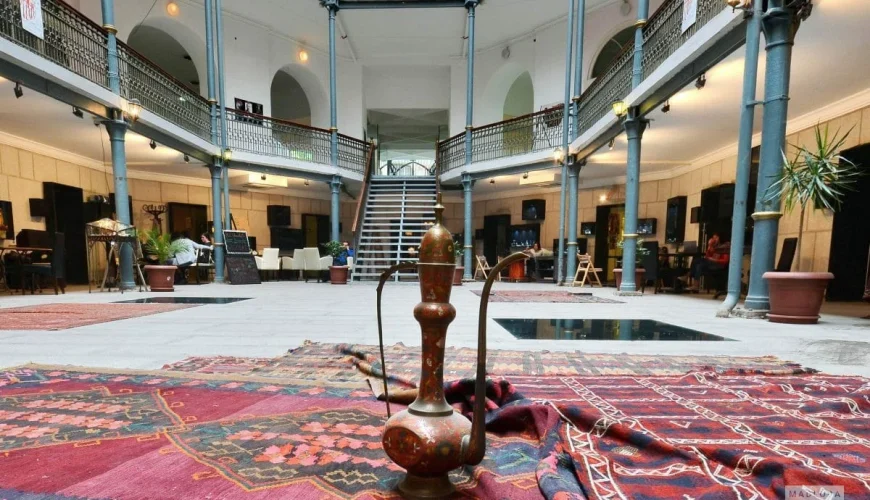
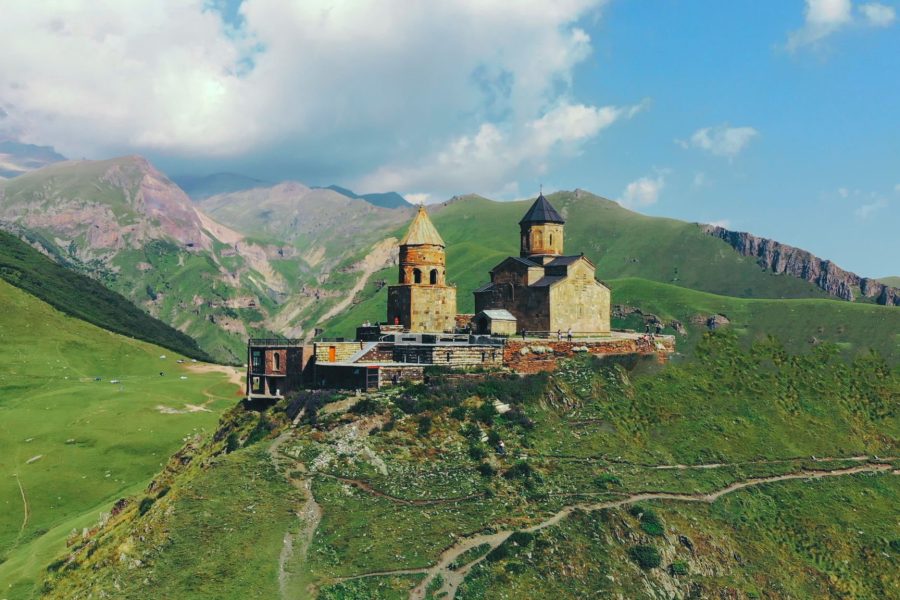
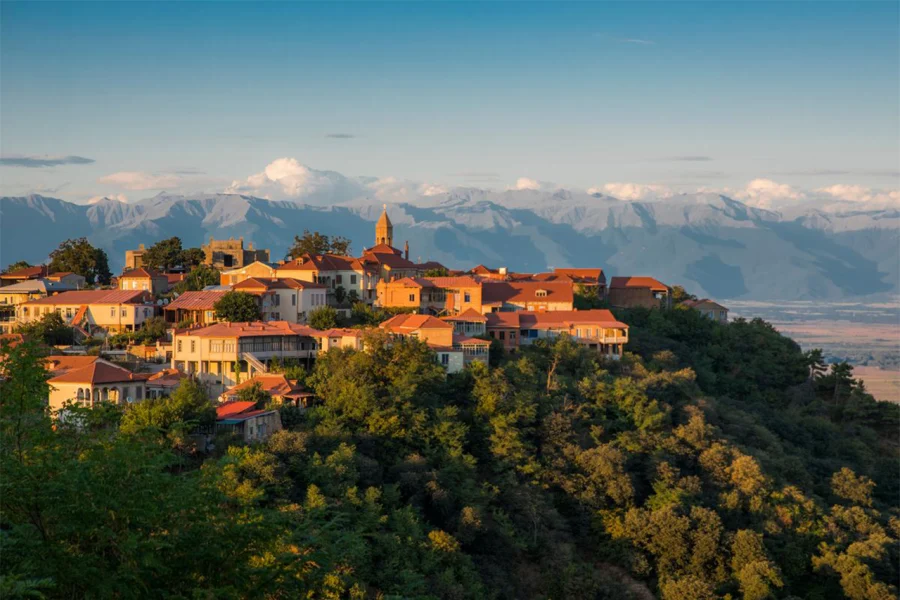
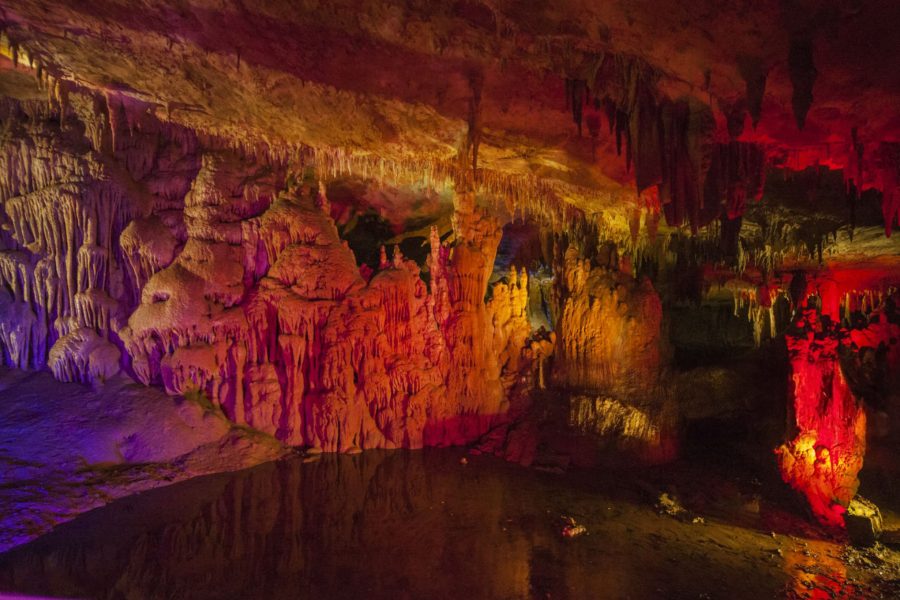

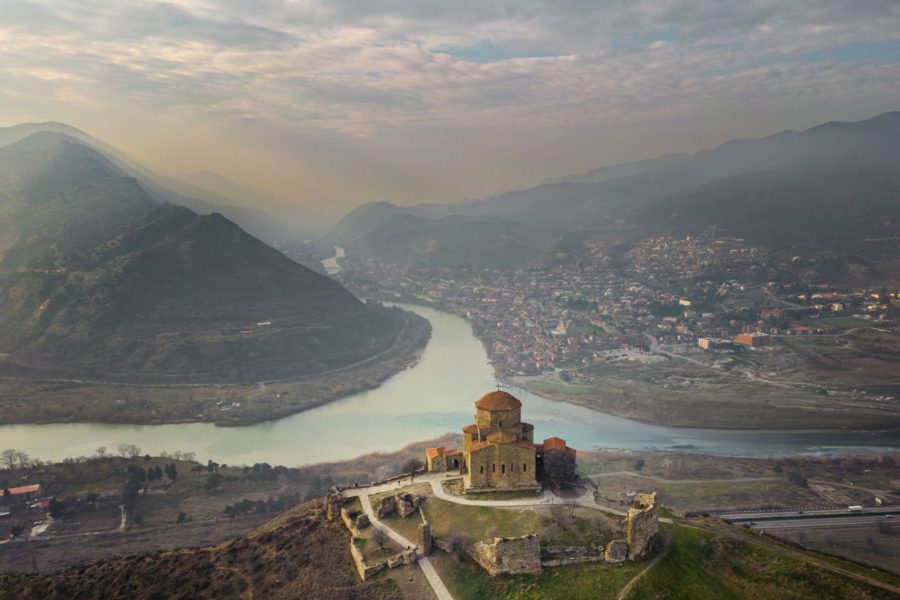
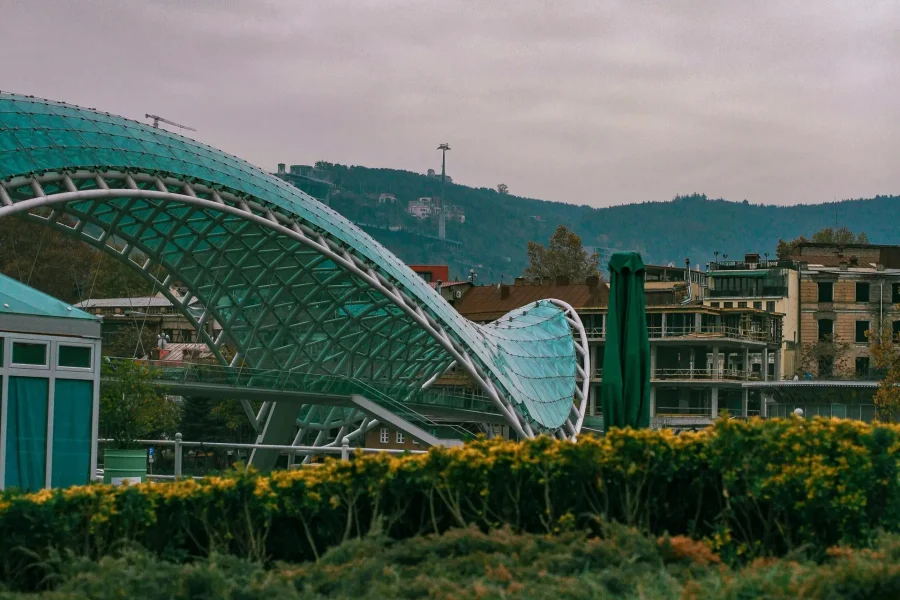
0 Comment